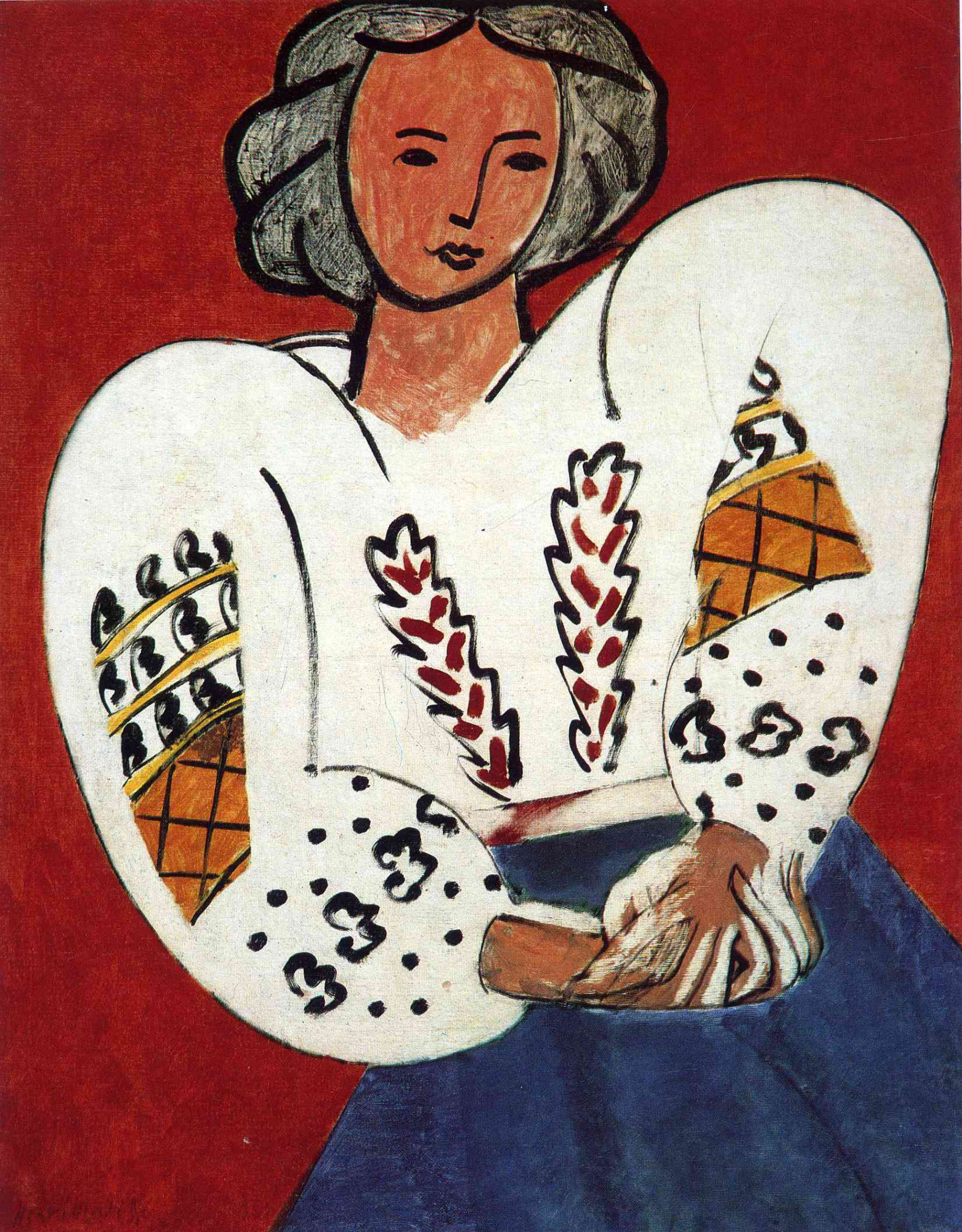Born and raised in Moscow, Morais is influenced by everything in her life. Her brush creates a realistic impression as if it couldn't possibly be anything but a photo.
She views her subject matter as architecture.
She sees the subject and presents it in a way that is usually not seen from the naked eye.
Her favorite subject to paint is the human figure from which she brings a reality to the paintings where attention to detail is as strong as attention to the character of the model. In her artwork, we are in the company of beautiful men and women, intimately poised and positioned.
All her artwork is conceived from a sketch, which she later paints onto a large black canvas.
Her delicate technique is with very thin layers of oil paint, while using the black background for shadowing. She captures every detail of her subject. For her it is all there, she just uncovers it.














